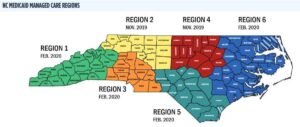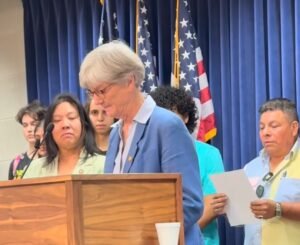As Amtrak rolls out its sleek new Acela trains in the Northeast Corridor next spring, boasting faster speeds and a more comfortable ride, it raises the question of what these advancements could mean for rail passengers in places like the Raleigh-Durham area. While the high-speed Acela service will remain confined to its established corridor between Boston and Washington, D.C., rail service in the Triangle is evolving in other ways, with both upgrades and future plans aimed at improving regional connectivity and the commuter experience.
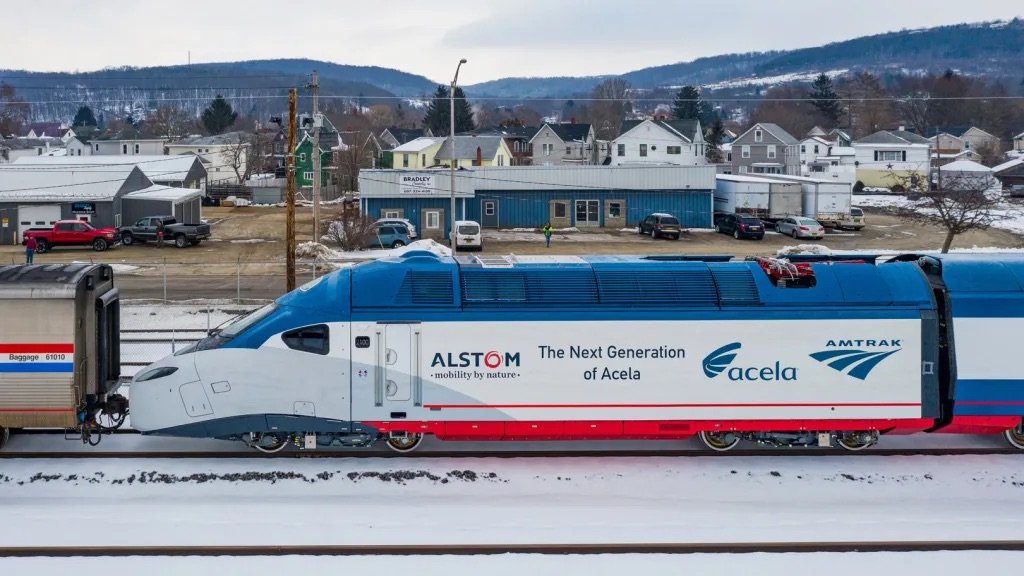
The new Acela trains, developed by Alstom, feature cutting-edge technology designed for smoother rides and increased capacity, with reduced travel times along their route. But these trains are built for the Northeast Corridor, where infrastructure allows them to operate at higher speeds, albeit still limited compared to international high-speed rail. In contrast, rail passengers in North Carolina rely on services like the Piedmont and Carolinian, which connect Raleigh, Durham, and Charlotte, with the latter extending service all the way to New York City. While these trains won’t see new high-speed technology, ongoing investments aim to make local services more efficient, frequent, and accessible.
For commuters and travelers in the Triangle, these changes start at the station level. Amtrak recently completed a $1.5 million renovation of the Durham station, enhancing the experience for passengers using one of the region’s busiest stops. The station improvements are part of Amtrak’s broader initiative to modernize facilities nationwide. Meanwhile, the Piedmont route, which runs several daily trips between Raleigh and Charlotte, and the Carolinian, which serves a wider corridor including Durham, are seeing increased demand, with record ridership highlighting the need for more capacity and reliability.
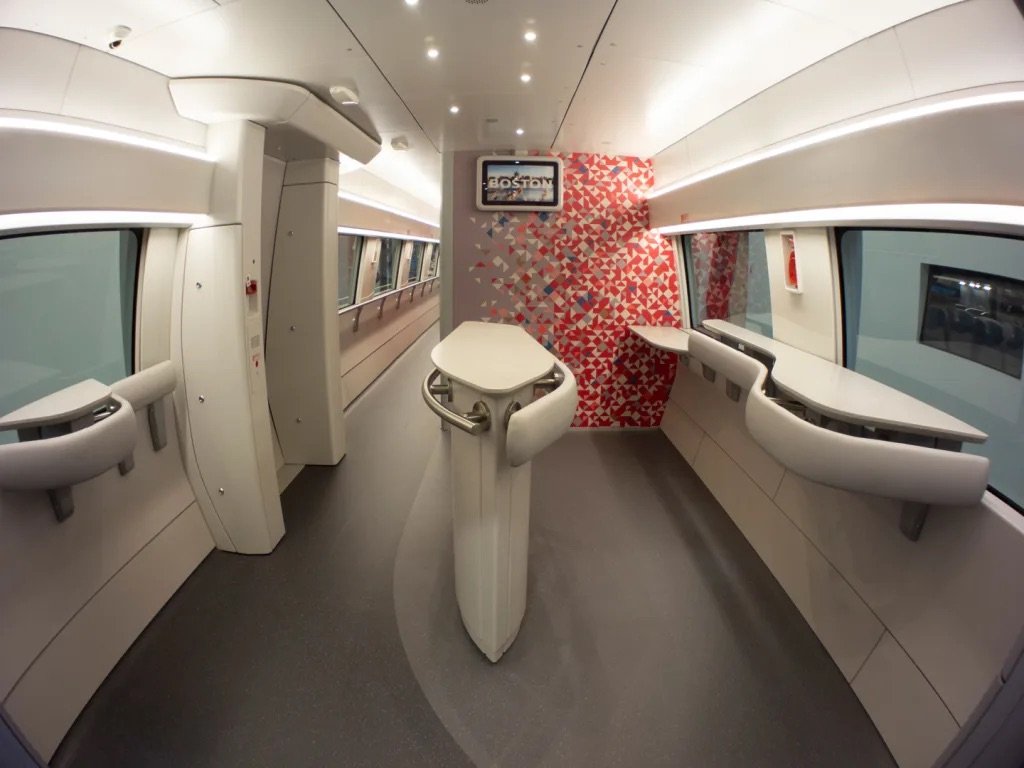
In response to growing pressure on these routes, significant federal and state funding has been directed toward improving rail infrastructure in North Carolina. A $170 million grant, announced in October 2024, is being used to upgrade the rail lines connecting Raleigh and Charlotte. These improvements aim to reduce delays caused by shared freight traffic and aging tracks, while also enabling additional daily trips, a critical development for the many commuters who depend on these trains for work.
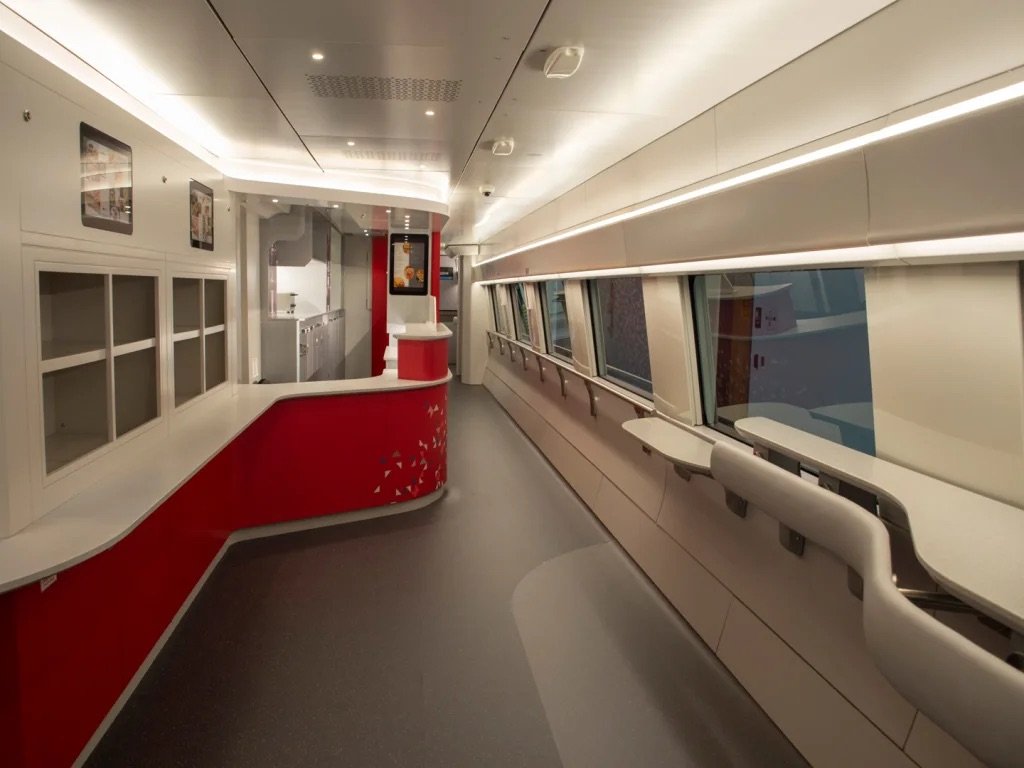
Future projects hold even greater promise for the Triangle’s rail network. The development of the S-Line, a long-discussed rail corridor linking Raleigh to Richmond, Virginia, is now moving forward with the help of a $1 billion federal grant. This project includes plans for expanded service north of Raleigh and could eventually connect Durham to faster, more frequent rail options as part of the Southeast High-Speed Rail Corridor. Construction on the S-Line is expected to begin in 2024, with completion projected for 2030. This marks a significant step in closing the gap between regional rail in the South and the high-speed standards seen in other parts of the world.
However, the limitations of existing rail infrastructure in North Carolina remain a significant challenge. Unlike the Northeast, where dense urban centers and high travel demand have supported the development of faster rail systems, the Triangle’s rail network must contend with tracks shared by freight and passenger trains and a history of underinvestment in public transportation. Federal funding from the Bipartisan Infrastructure Law has provided a much-needed boost, but the scale of investment required to match the high-speed rail capabilities of Europe or Asia remains daunting.
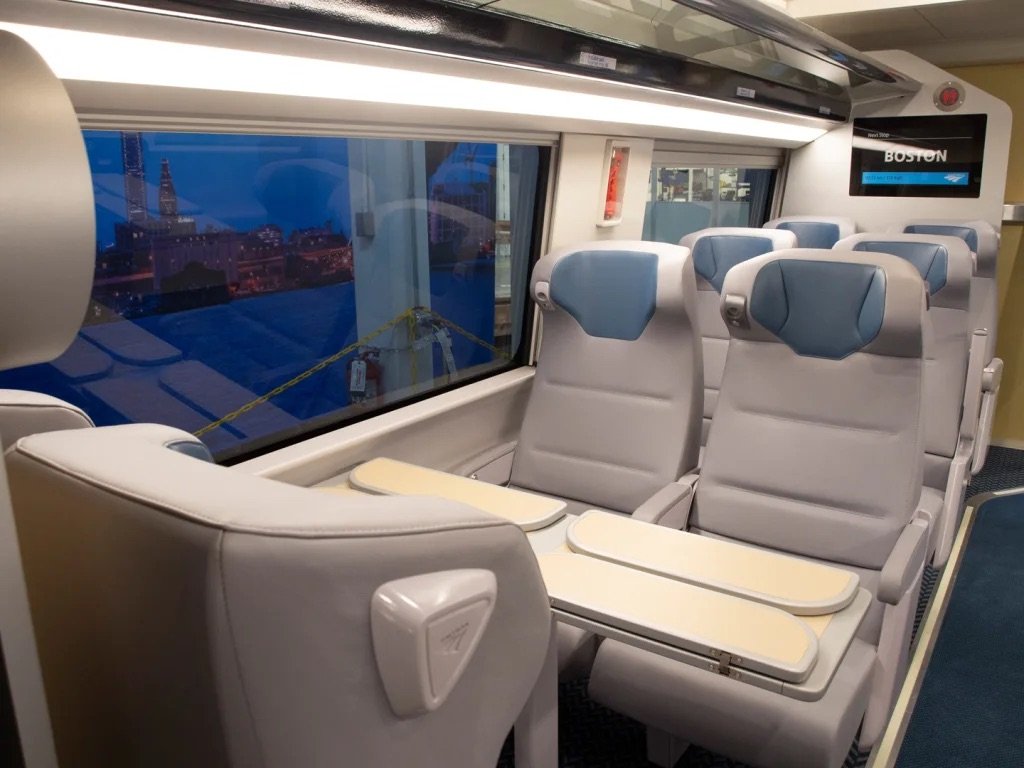
Even without high-speed Acela trains, rail travel in the Triangle is steadily improving. These enhancements, coupled with projects like the S-Line, reflect a broader shift in priorities as the U.S. grapples with reducing carbon emissions and providing alternatives to car and air travel. Rail is an environmentally friendly option; Amtrak trains already emit far fewer greenhouse gases per passenger mile than cars or planes, and increased efficiency on routes like the Piedmont and Carolinian could amplify these benefits.
For the Raleigh-Durham area, the future of rail travel may not involve bullet trains streaking across the landscape, but it does promise more reliable, comfortable, and accessible service. With the region continuing to grow and attract new residents and businesses, these improvements are not just a matter of convenience—they are a vital investment in the Triangle’s economic and environmental sustainability. While the high-speed revolution may feel far off for now, the foundation is being laid for a rail system that better serves the people and communities of North Carolina.












